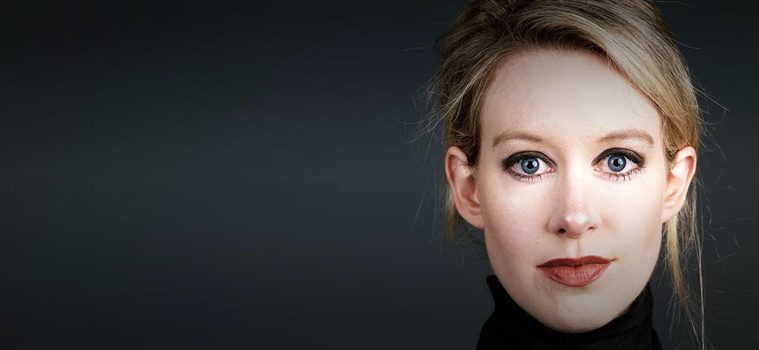PROBABLY NOT –
April 8, 2022 – To add to the problematic nature of most people’s response to beauty, we found a complementary “anomalous-is-bad” stereotype. People with facial anomalies (e.g., scars, birthmarks, developmental abnormalities) are often regarded as less intelligent, less competent, and less trustworthy, in ways that suggest that they are being subtly dehumanized (Hartung et al., 2019; Jamrozik et al., 2019; Workman et al., 2021).
In a recently published paper, we asked the question: Do these effects of beauty on inferences of goodness go only in one direction, or do judgments of goodness also shape our impression of physical beauty?
We hypothesized that “good-is-beautiful” and “bad-is-ugly” stereotypes also exist: good people are seen as more attractive and bad people as less attractive. We also looked at whether effects of one kind of valuation (moral) on another (aesthetic) were influenced by age and sex. People rated younger and older-looking versions of the same faces along dimensions of attractiveness, confidence, and friendliness. Before making their ratings, however, each face was paired with a vignette that described the person engaged in a prosocial, antisocial, or neutral action.



